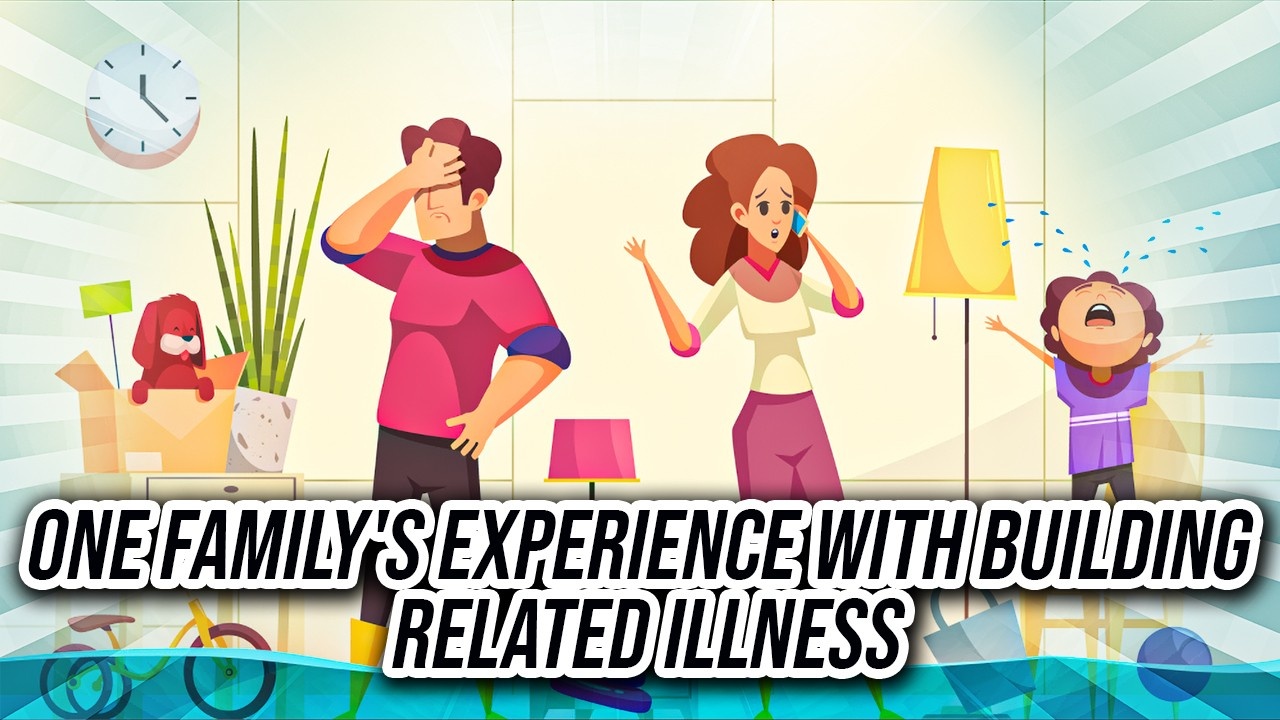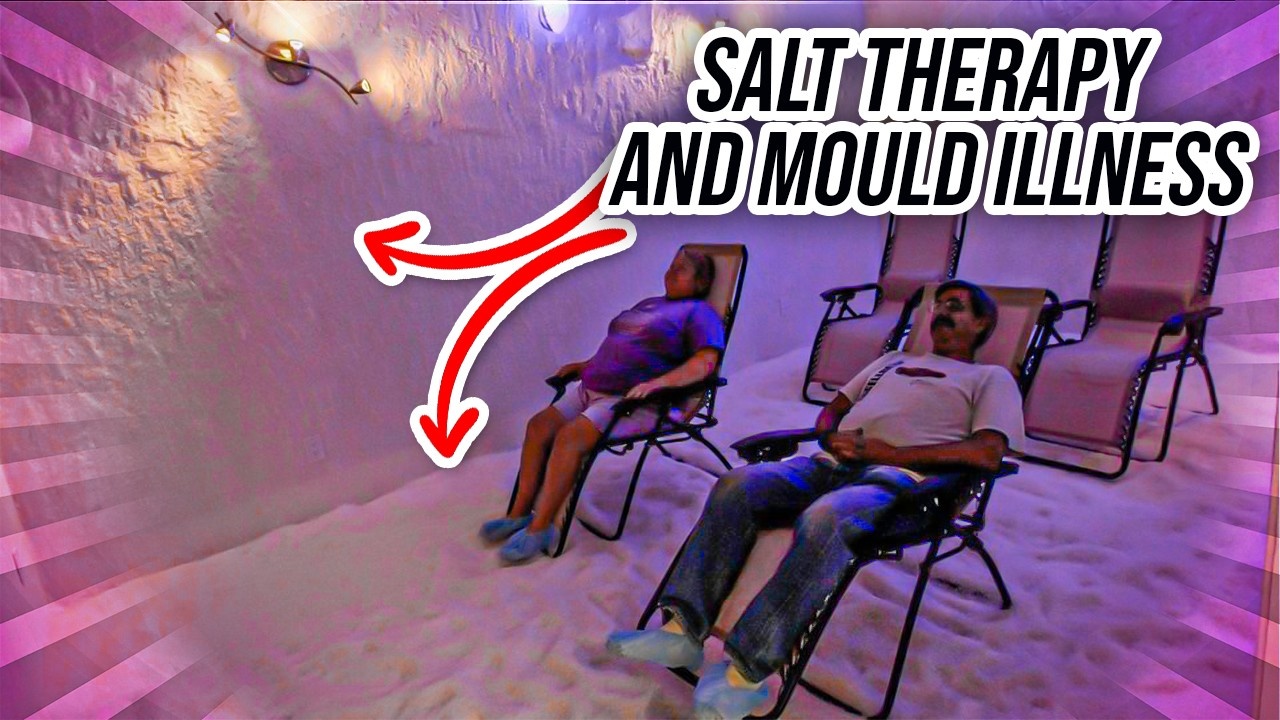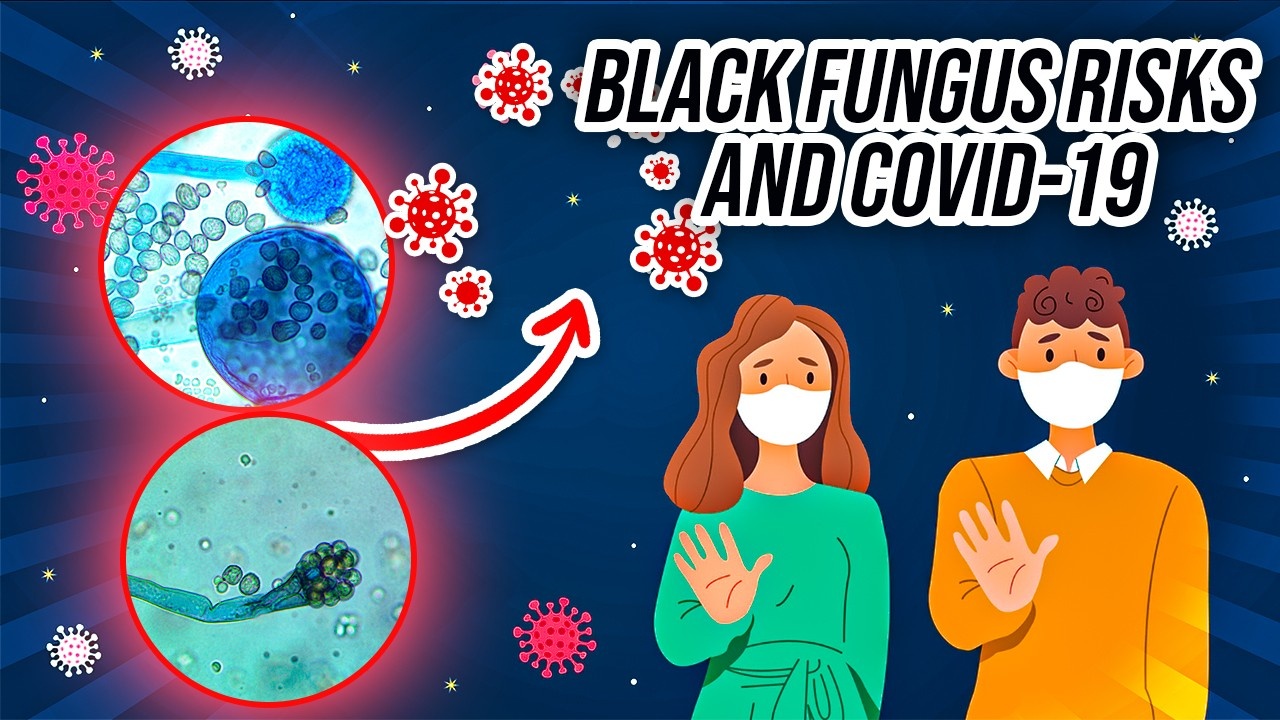Can toxic indoor mould cause immunosuppression?

Hello, and welcome to The Mould Show. My name's Dr. Cameron Jones, your host, and today we're going to be focusing on water-damaged buildings, but specifically, we're going to be looking at how you go about measuring the impact of that water damage, that mould exposure and whether or not that is leading to obviously a range of adverse health symptoms that many people experience when they spend time indoors with mould. But how does this affect your immune system? Is there a way of firstly measuring the impact that the water-damaged building and the toxic components that are present in these environments? How do they affect your immune system? That is the topic of today's show, and that is can toxic indoor air cause immunosuppression?
What I'm going to be doing is that I'm going to be focusing on this piece of research that we're going to be drilling into in quite some depth and it's a really important piece of research. It came out at the beginning of 2022 and the topic focus of this i...
Hot vs Cold Water Washing & Fungi – Which is Better?

Hello, and welcome to the Mould Show. My name's Dr Cameron Jones. I'm an environmental microbiologist. And today we're going to be talking about mould, of course. But specifically how you deal with water damage or mould contaminated textiles. That's right. Clothing. How do we wash these? What is the best way of washing clothes to get rid of mould?
And the reason for this is not a week goes by without someone ringing me up to ask me this exact question, what is the best way of getting mould out of textiles and of our personal property? And again, the reason I wanted to do this show on a Sunday is that tomorrow I am spending the next couple of days as an expert witness working on a case for a solicitor. And all of their questions revolve around the answer to this. Can we get mould out of textiles and clothing?
And if so, how? And how successful is it? In doing some preparation for that legal case, I wanted to present you with some of the more recent research evidence straight out of t...
How To Remediate Water Damaged Paper Records

Hello, and welcome to the Mould Show. My name's Dr. Cameron Jones. I'm an environmental microbiologist, and for any of my listeners and viewers here in Australia, you are probably all aware of the catastrophic weather conditions that are affecting Queensland and New South Wales. And for many people, they have suffered devastating impacts caused by this floodwater. And for all the people who watch my show, you know that I'm particularly concerned about the impact of water damage on personal property and the potential for mould and mould exposure to not only damage your assets but cause unexpected or hidden health risks and consequences. So, today we're going to be focusing on what you do if your precious documents, your paper-based documents become water damaged. What are you going to do? Are you going to get out the hairdryer? Are you going to attempt to move them obviously to a dryer location?
But what happens if you come back to your property, or your residence, or your car even...
One Family's Experience With Building Related Illness

Hello, and welcome to The Mould Show. In this week's episode, we're going to be talking about something called building-related illness. Now, how does this differ from sick building syndrome? Well, watch on or listen, and I will explain what the differences are.
How I'm going to be approaching this episode is to drill in and make a deep dive into a recent publication which has connected the dots between an occupational hygiene survey, that is a mould assessment inside a home, and then the medical findings. This is for a family of five who lived in a water-damaged building for six years. I'm going to be describing a lot of the issues and problems and reasons for not only the building becoming wet, but how the medical practitioners were able to deal and assess with this particular family. I hope that this episode will be valuable for other people who might find themselves in similar situations where it's unavoidable that they continue living in a water-damaged building. This might help ...
Does mould harm children's health?

Hello, and thanks for joining me for the first The Mould Show for 2022, and I thought with many of us still on school holidays or certainly here in Australasia, many of us are probably wondering about the impact of indoor air quality and potentially water damage on the health of our children. So today, we're going to be talking about some of the key pieces of research, which explore how water damage, and mould, and mycotoxins can affect your children.
Without further ado, we'll get straight into this. So does mould harm children's health? That's the topic that we need to be talking up about today because it is a serious topic. We cover at length in these live streams and podcasts all the range of adverse health symptoms and problems that can occur to adults, but what about children because most of us have families? In many cases, the built environment is a perfect reservoir for not only mould spores, but a buildup of toxic allergens, chemicals, and mycotoxins. What are these? What's t...
Which Mould Spores are Protective Against COVID-19?

Hi there and welcome to the final edition for 2021. Yes, it's our Christmas show for the Mould Show. And today I'm going to be presenting a fascinating research paper that just came out a couple of days ago in the research literature. But of course, we are focusing on fungus, and when we talk about fungi, many of you are probably thinking about the 2000 or so mushrooms that are actually edible.
Now, when you go to the supermarket, there's obviously a smaller selection than that, but just bear in mind that there are about 2000 known mushrooms that are edible.
Now, when we think about where we are exposed to moulds, you're probably thinking, well, they're probably all around. They're in the air we breathe, in the soil, as well as the built environment. And if you ask a biologist about how many different types of fungi or molds there are out there, certainly in the 1990s you would've been told that there were perhaps only maybe a couple of hundred thousand.
But fast forward to today an...
Censorship of Mould Illness in Finland

In my daily work with clients who are grappling with how best to handle living in a water-damaged building, or for those patient referrals that we get from doctors and other clinicians, I'm always really surprised that there appears to be a disconnect between the environment and the person. So well, what do I mean by this? Well, today, I want to talk about the paradox between environmental pollution and health risk, and to that end, I'm going to be talking about censorship of mould illness in Finland.
Now you might already be thinking, what on earth is he talking about? We all connect pollution with harm. But do we really? On the one hand, if we're considering carbon credits or net-zero, then the mainstream media seems to have absolutely no trouble linking the slightest change in the environment with a consequence to some person elsewhere. It's the famous butterfly effect. You know, that metaphor that brought chaos theory into the mainstream that says little, almost insignificant even...
Salt Therapy and Mould Illness

Hi there, my name is Dr Cameron Jones, and I'm an environmental microbiologist and public health scientist. And this week on The Mould Show, I've got a very important segment to bring to your attention. All too often, I get calls from people who have practised mould avoidance or have successfully remediated their properties after water damage and finding mould. But they're still complaining about feeling unwell, feeling the classic symptoms of exposure to mould. And so I discovered this really fantastic paper in the research literature, which came out in June 2021, and we're going to be focusing on what this publication says and how you can take advantage of this complementary health therapy. And what is it? Well, it's called salt therapy and mould illness. And to get straight into it, we are going to be talking about how this works, how you can take advantage of it. And you might be a little bit sceptical, and so I want to tell you exactly what this publication has to say.
Well, it'...
Black Fungus Risks and COVID-19

Hey there. My name's Dr. Cameron Jones and welcome to The Mould Show. This week I want to bring to you the key points from a really important recent publication, which just came out in the literature that is focusing on another class of black moulds. Yes, that's right. We're going to be talking about black mould and you might know about black moulds from the infamous Stachybotrys, which has been linked to pulmonary hemorrhage and is very commonly associated with water-damaged and other sick buildings. But there are another class of black moulds and black yeast-like fungi, and we're going to be talking about these today because especially in this era of COVID-19, the COVID pandemic. A publication's just come out, showing that people who recover from COVID-19 are particularly susceptible to post COVID-19 infection with black moulds. And so I want to review what this publication says today and how you can take advantage of this information and how you can potentially make sure that you at...
Clinical Mould Antigen Extracts and Moulds From Water-Damaged Homes

Hi there. Welcome to the Mould Show. My name's Dr. Cameron Jones, and I'm an environmental microbiologist and public health scientist. Now today on this show, I'm going to be reviewing a recent paper that just came out, which is showing you how you can determine categorically that you are in fact hypersensitive to mould. Now, all of us are concerned about indoor air quality and the potential impact of mould on our health.
For many of my clients, they go to see their doctor or healthcare provider, and they're looking for some way to validate their symptoms and to connect the house or their working environment with some sort of medical information that validates their adverse health symptoms. And there's a really interesting problem. And hypersensitivity and allergy, are the first things that you think about when you think about being exposed to something in your airspace or a bio-aerosol.
So what we're going to be focusing on today is clinical mould antigen extracts, and moulds from w...

